5.2: Food
- Page ID
- 44557
Food is a central part of Hispanic cultures, with each country and each region having its own unique cuisine. Because of the diversity and strong local influences we see with Hispanic foods, there is more regional variation with vocabulary than usual.
El desayuno (Verbo: desayunar)
El cereal______________________________________
La avena ________
La leche_______________________________________
El jugo (de...)________
*El zumo (España)
Los huevos____________________________________
El pan tostado__________________________________
La mermelada__________________________________
La mantequilla__________________________________
Los churros____________________________________
El tocino______________________________________
Las frutas______________________________________
La piña_________________________________
El durazno/ El melocotón___________________
La toronja_______________________________
El pomelo (España)
El banano_______________________________
*La banana, el plátano (regional variation)
La naranja_______________________________
La manzana______________________________
Las uvas________________________________
La pera_________________________________
La frambuesa ________
El kiwi_________________________________
Los arándanos___________________________
La sandía ________
El melón ________
La fresa_________________________________
*La frutilla (Chile)
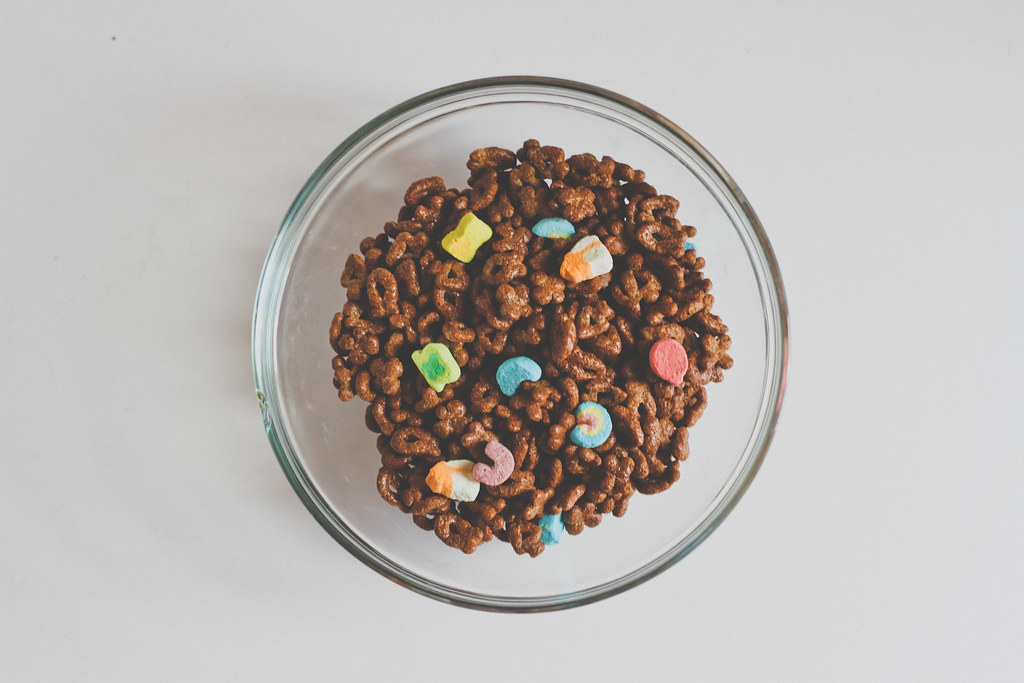

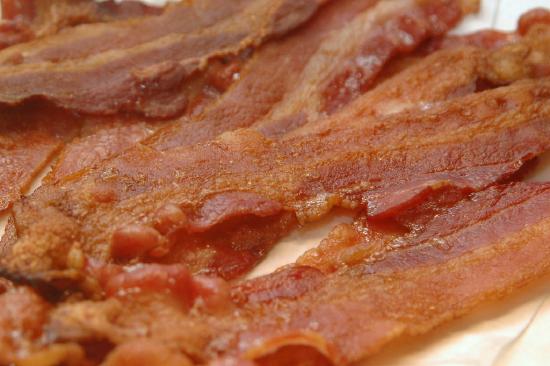
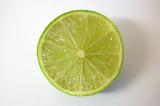 Figure \(\PageIndex{1}\):
Figure \(\PageIndex{1}\):
El limón (México, Centroamérica, el norte de Sudamérica)
La lima (España, Chile, Uruguay)

El limón (España, Chile, Uruguay)
La lima (México)
El limón amarillo (Latinoamérica)
Actividad 1
1. ¿Qué hay en esta ensalada de frutas?
________
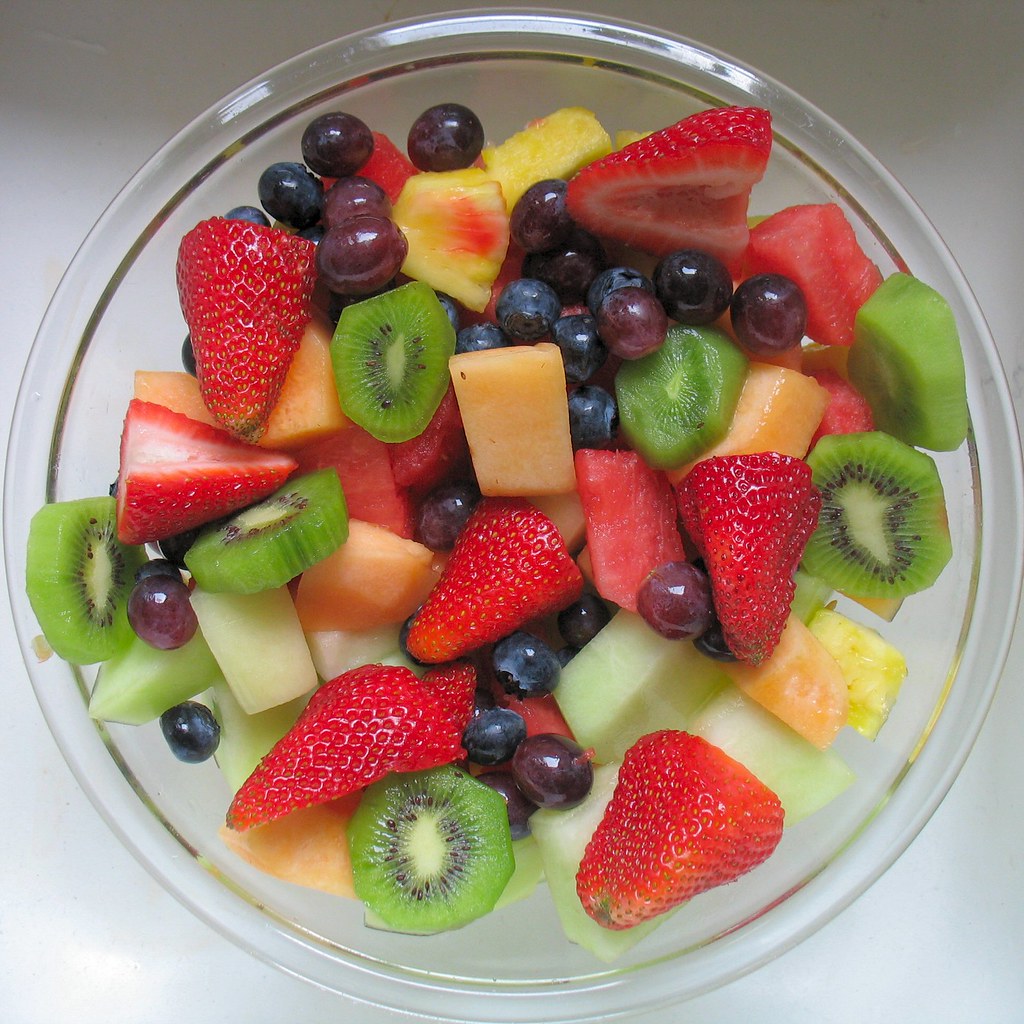
2. ¿Qué hay en esta ensalada de frutas que no hay en la otra?
________
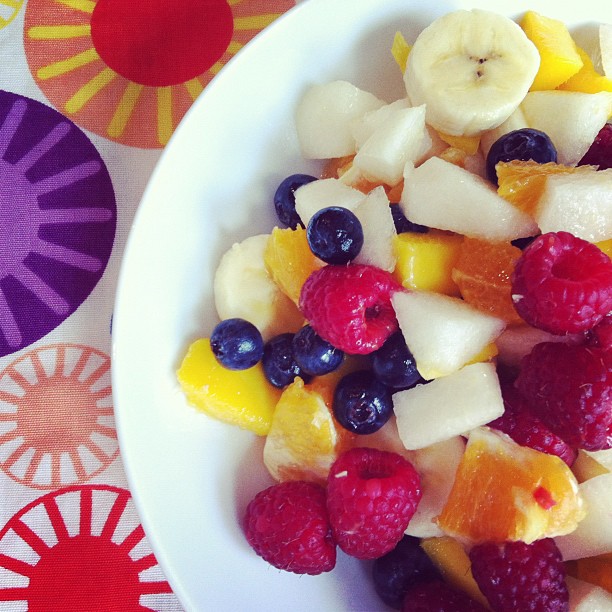
Actividad 2
El desayuno. In complete sentences, answer the questions about your breakfast preferences.
Audio
1. ¿Qué desayunas en un día típico?________
2. ¿Qué desayunas si sales a un restaurante?________
3. ¿Hay algo que nunca desayunas? ________
La merienda (Verbo: merendar)
La barra de cereales ________
El yogur (de…)________
El queso______________________________________
Las sobras ________
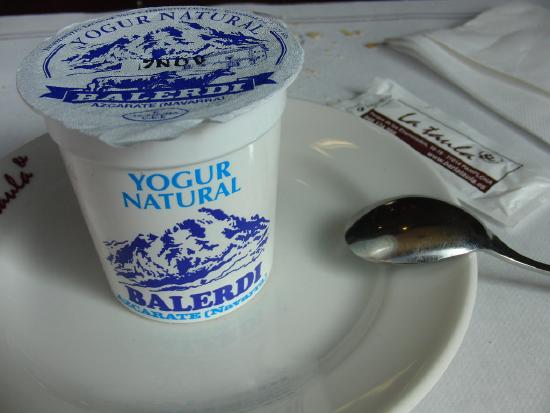
El almuerzo (Verbo: almorzar)
El sándwich (de…)________
jamón__________________________________
atún___________________________________
rosbif__________________________________
pollo__________________________________
pavo___________________________________
La sopa (de…)________
tomate_________________________________
pollo__________________________________
fideos__________________________________
El arroz_____________________________________
Las papas ________
Las patatas (España)
*Fritas/ Al horno ________
Los frijoles__________________________________
La hamburguesa______________________________
La pizza____________________________________
La ensalada__________________________________
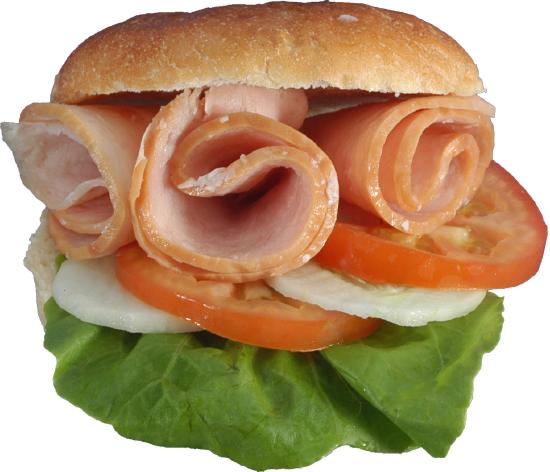


El agua______________________________________
Los refrescos_________________________________
La cerveza___________________________________
El vino ________
El té________
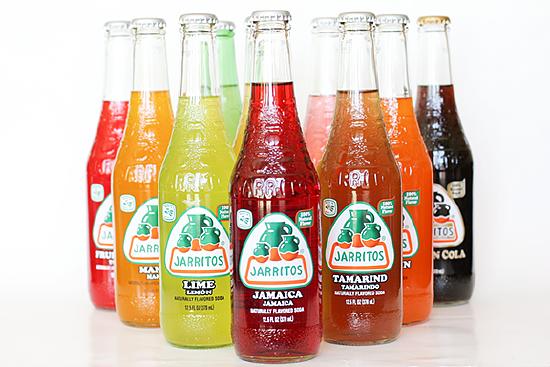

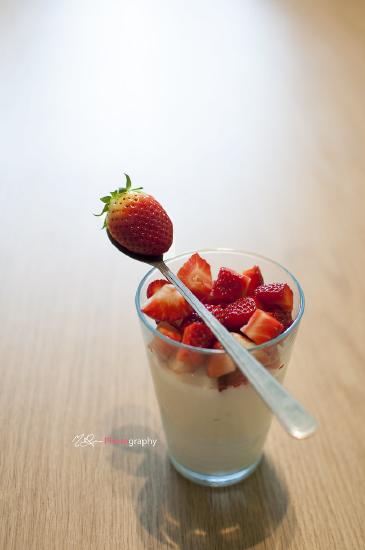
Alicia merienda yogur con frutas en un día típico
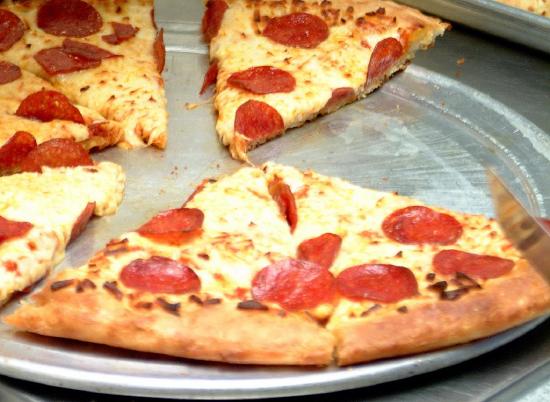
Juan Carlos y Raúl almuerzan pizza porque son estudiantes universitarios.
Actividad 3
El almuerzo y las meriendas. In complete sentences, answer the questions about your lunch and snack habits. Audio Video
1. ¿Qué almuerzas en un día típico?________
2. ¿Qué meriendas en un día típico?________
3. ¿A qué hora almuerzas en un día típico?________
4. ¿A qué hora meriendas en un día típico?________
5. Si sales a almorzar, ¿adónde te gusta ir?________
6. ¿Qué comes y bebes con una hamburguesa? ________
7. ¿Qué comes con arroz? ________
8. ¿Qué tipo de sándwich prefieres? ________
9. ¿Qué tipo de sopa prefieres? ________
10. ¿Prefieres papas fritas o papas al horno? ________
La cena (Verbo: Cenar)
El bistec__________________________________
La carne__________________________________
De res_______________________________
De cerdo_____________________________
El pescado________________________________
Los mariscos______________________________
La langosta___________________________
Los camarones________________________
Las verduras_______________________________
El brócoli____________________________
La cebolla____________________________
El ajo_______________________________
Los espárragos________________________
Las habichuelas_______________________
El maíz______________________________
Las zanahorias________________________
Las espinacas_________________________

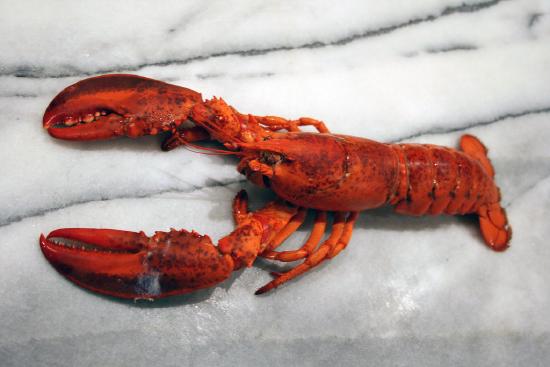
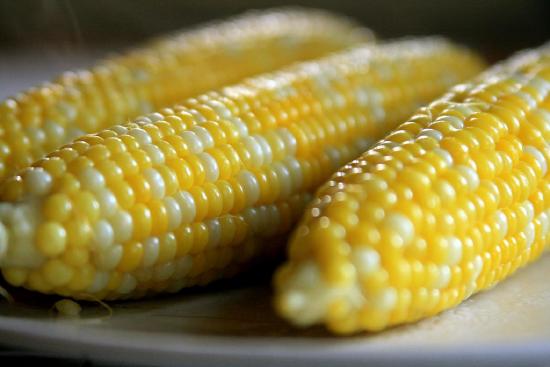
La torta__________________________________
El pastel_________________________________
La tarta__________________________________
El helado_________________________________
El batido (de…)________
Las galletas_______________________________
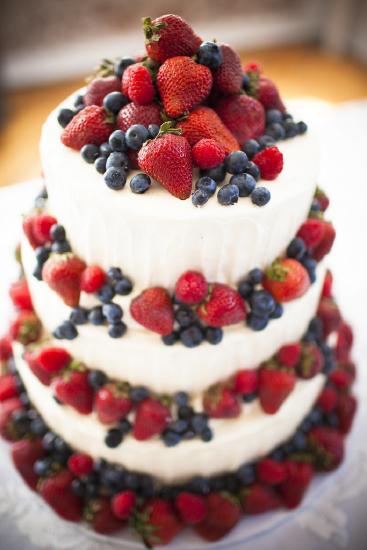
El aceite________________________________
El vinagre_______________________________
La sal y la pimienta_______________________
La mayonesa_____________________________
La mostaza______________________________
El kétchup_______________________________
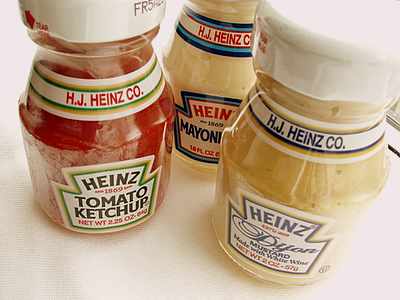
Actividad 4
¡A cocinar! You are hosting a dinner party with a few close friends and it is time to plan a menu for the evening. Use the ir a infinitivo expression to say what you are going to eat and drink. Be specific! Don’t just say ensalada—tell me what’s in it too!
________

Actividad 5
La cena. In complete sentences, answer the questions about your dinner preferences.
Audio
1. ¿Qué cenas en un día típico?________
2. ¿Qué cenas en una ocasión especial?________
3. Si sales a cenar, ¿adónde te gusta ir?________
4. ¿Con que frecuencia sales a cenar? ________
5. ¿Cuál es tu postre favorito? ________
6. ¿Te gusta la mayonesa? ________
7. ¿Te gusta la mostaza? ________
8. ¿Te gustan los mariscos? ________
9. ¿Eres vegetarian@? ________
Actividad 6
Mi plato. First, categorize as much of our vocabulary as you can under each section of Mi Plato. Then, go to the web address and enter “Mi Plato” in the search bar (direct link: https://www.choosemyplate.gov/multilanguage-spanish). Click Información general and select a Spanish language pamphlet to read. Take notes on the next page.

Lo que entendí: what I understood
Nuevas palabras y expresiones que aprendí: New words and expressions I learned
Lo que no entendí: what I did not understand
Los puntos principales del folleto: The pamphlet’s main points


